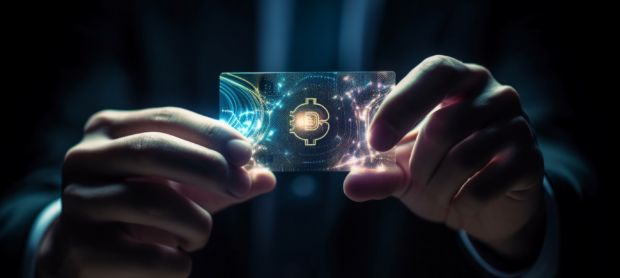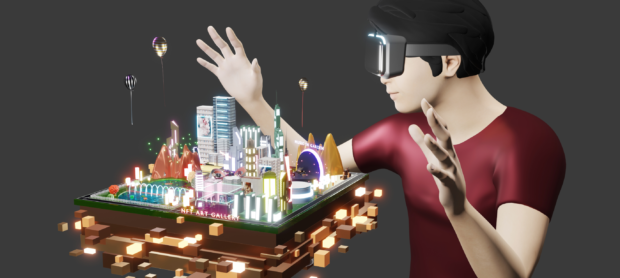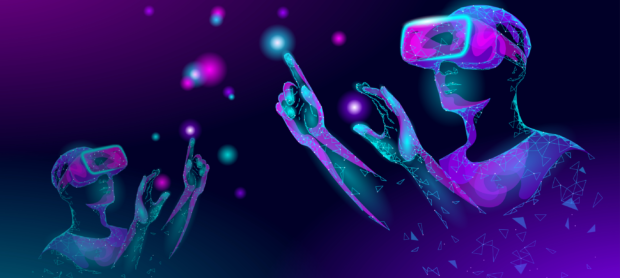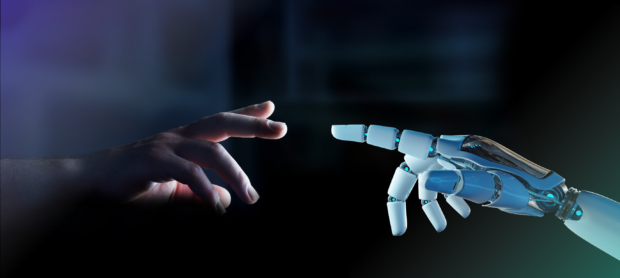Mixed Reality, an intriguing fusion of the virtual and real worlds, is starting to change how numerous sectors look. By fusing real and virtual components to create new landscapes where they may cohabit and interact in real-time, MR goes beyond the limitations of Virtual Reality (VR) and Augmented Reality (AR). Users in MR settings can control real-world and virtual items with the use of cutting-edge equipment.
From gaming and entertainment to architecture and education, this hybrid reality provides great possibilities for innovation. Healthcare is one industry, though, where MR is really starting to shine. The complicated and demanding health industry can benefit from MR’s capacity to break down conventional boundaries and improve patient care, medical education, and treatment strategies. The intersection of MR and healthcare is creating an immersive, interactive platform for change. Let’s explore how mixed reality is accelerating this change, giving healthcare a fresh perspective, and opening up previously unimaginable possibilities.
Understanding the Intersection of MR and Healthcare
Users may interact with virtual things in the actual world in real-time thanks to mixed reality, which ties virtual objects to the real environment as well as overlays them. It’s like an experienced surgeon in the United States controlling a surgical procedure directly in Asia using holographic instruments and real-time data streams.
Now, let’s unwrap the treasure that MR is adding to healthcare:
1. Holographic Medical Imaging:
Doctors and students can now examine holographic 3D models of patients’ anatomy. This isn’t just rotating an image on a screen – MR allows them to literally walk around it, get inside it, and view it from different angles, which is revolutionary for diagnosis and education.
2. Distance-based medical assistance:
With MR, specialists from all around the world may work together in a common mixed-reality setting. For instance, by interacting with the same 3D image, holographically displayed, a radiology specialist in London may assist a team in Sydney and offer insights.
3. Surgical skill enhancement:
During procedures, MR enables a surgeon to observe a patient’s vital signs, medical pictures, or other important data in their field of vision. Imagine a scenario in which surgeons wouldn’t need to interrupt their work even for a little moment.
4. Lifelike Training Simulators:
For medical students, MR develops simulations that are so lifelike that the learning experience is permanently entrenched. Imagine a medical student rehearsing a challenging operation using MR instead of a cadaver because it accurately replicates every aspect of the procedure.


The Array of Benefits
In the field of healthcare, mixed reality (MR) offers a plethora of useful, practical advantages that are changing people’s lives. Let’s examine how MR improves patient understanding, enhances medical education, optimizes operations, and individualizes therapy.
Improved comprehension of the patient
Patients frequently find medical information and language confusing. These are converted into 3D visual representations using MR. For instance, a 3D model of the heart or the effects of a herniated disc on the spine might be used to demonstrate how a certain ailment impacts blood flow.
Doctors at the Cleveland Clinic utilize MR to educate patients about difficult cardiovascular treatments. Patients may view a clear, 3D image of their own heart using holographic models, which helps them better comprehend their ailments and make decisions.
Advanced training in medicine
For medical instruction, MR provides realistic, secure, and reproducible settings. The distinction between theory and practice is blurred, enabling students to use their knowledge in realistic simulations.
Research from Imperial College London found that MR training outperformed conventional training techniques by 83% in terms of improving the performance of surgical trainees. This results in improved patient care as well as greater professional preparation.
Simplified Surgical Techniques
Using MR, doctors may precisely plan procedures and view complex anatomical structures in 3D. MR devices are used to display real-time data and pictures during procedures, helping the surgeon maintain complete concentration.
A study by the healthcare provider Novarad found that using MR during operations reduced the length of the procedure by 25% and gave surgeons more confidence and precision.
Physical Therapy and Rehabilitation That Is Customized
The use of MR in physical therapy includes developing individualized training regimens, monitoring motions, and giving feedback. Exercises for rehabilitation may be made more entertaining for patients via gamification.
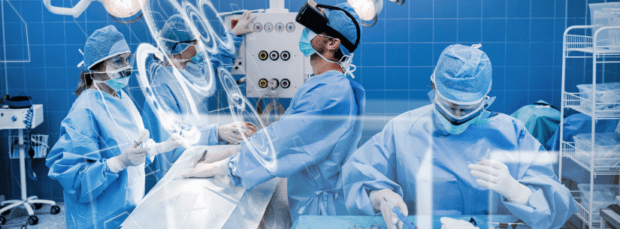
The Road Ahead
As we stand on the precipice of a healthcare revolution powered by Mixed Reality (MR), let’s take a leap of imagination into the boundless possibilities that lay ahead, and candidly address the challenges that come with such innovation.
Future Perspectives:
1. International Cooperation: What if the world’s top medical brains, wherever they may be, could collaborate in real-time? Holographic conference rooms where physicians collaborate to solve problems, share information, and hasten medical advancements may become the standard using MR.
2. Care for empowered patients: MR has the potential to make people active participants in their own healthcare. Through customized MR settings, they might virtually ‘test’ various therapies, comprehend adverse effects, and even get mental health counseling, resulting in true holistic healthcare.
Taking On Challenges:
1. Accessibility and price: A obstacle may be MR technology’s expensive price. However, economies of scale will probably lower prices as adoption rises. Even in underdeveloped locations, MR technology may be made available through public-private collaborations.
2. Data Protection: The confidentiality of patient data is crucial in MR. Encryption, strong security mechanisms, and compliance with data protection regulations will be necessary to guarantee the confidentiality of sensitive health information.
3. Training and Adaptation: The medical community must easily transition to MR integration. This necessitates spending on professional training so that they can use MR technology successfully and adapt as it changes.
4. Mixed reality has the potential to transform healthcare positively. It is a prime example of how technology can transform one of the most important facets of daily living with assurance, accuracy, and creativity. The journey is difficult, but the reward is a level of healthcare that humanity has never previously seen.


Conclusion
We have seen how MR is not only enhancing but also altering patient care, medical training, surgical accuracy, and rehabilitation, from holographic medical imaging to remote operations. It’s a brilliant canvas where innovation is braided with real and virtual threads to create an immersive, team-based, and incredibly accurate healthcare paradigm.
The unwavering cooperation between technologists and healthcare practitioners should be the gasoline that unleashes the unbounded potential of MR. There are still unexplored areas, unsolved problems, and unreachable lives. Let’s work together to open the doors to a future where MR and healthcare not only coexist but also work in harmony – a future where medicine is not just a science but an art that technology has perfected.
Do you have a groundbreaking idea that could further revolutionize healthcare through Mixed Reality? Eventyr is here to help you bring your idea to life, with the aid of a highly qualified professional team, working under your control. We stand at the forefront of technological innovation and have the expertise to propel your vision into reality. Don’t let your ideas just be ideas. Contact us for additional information, and let’s together pave the path of innovation in healthcare through Mixed Reality.

